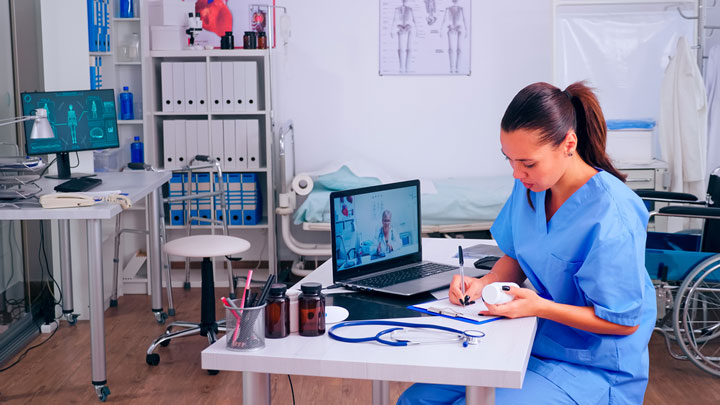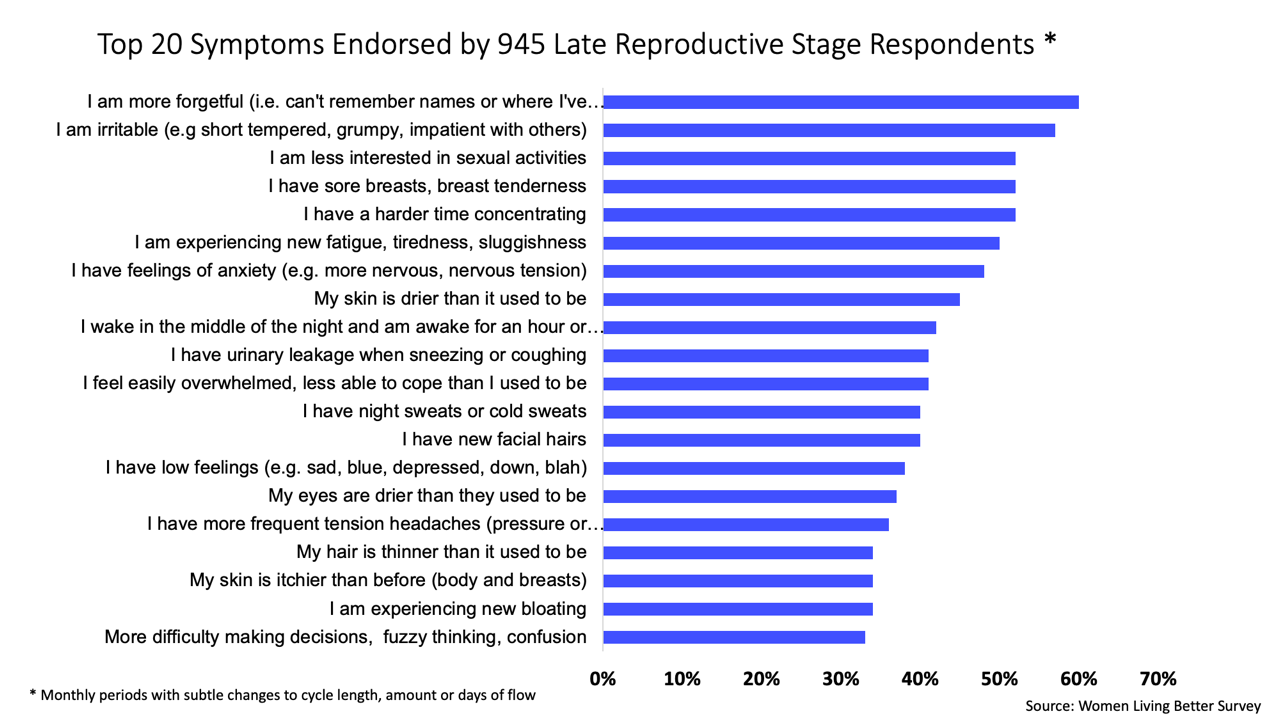We’ve all learned how to communicate virtually in the last two years. In some cases, it has enhanced our lives and will be a part of how we communicate even after the pandemic is behind us.
Skills training for healthcare workers, for example, provides nurses and others who work in small, rural facilities a chance to continue their education without the burden of travel costs or staffing shortages that result when they attend in-person training.
But procedural-skills training is more complex than a video lecture and a slideshow.
How do you run a virtual training session that demonstrates the technique clearly, gives attendees a chance to practice, and allows time for individual evaluation and questions from participants?
















